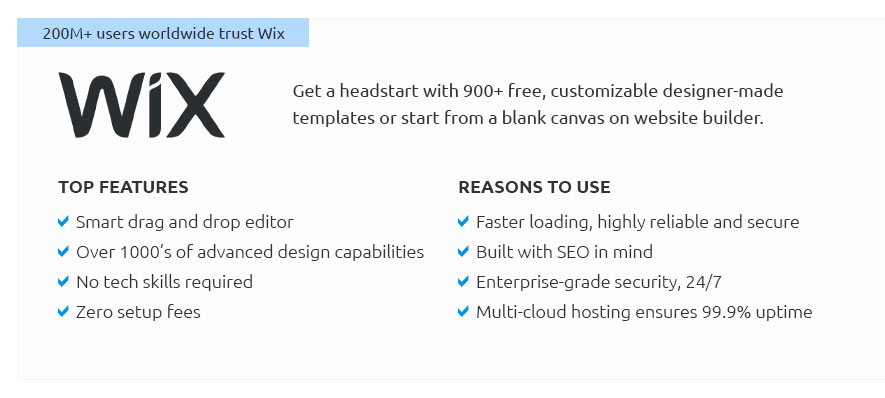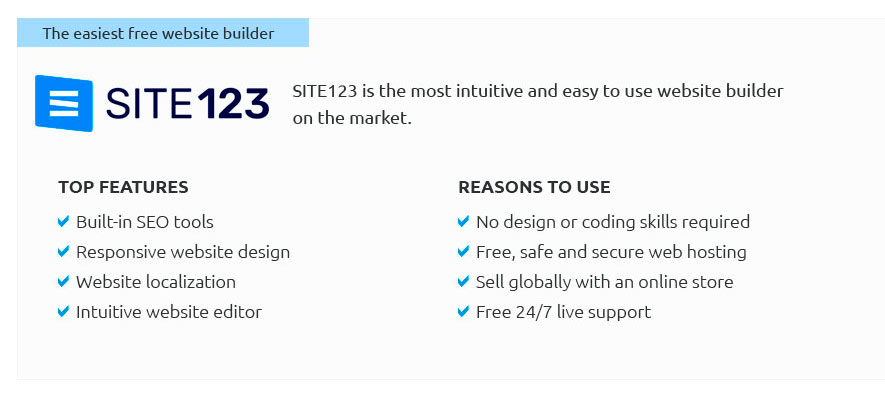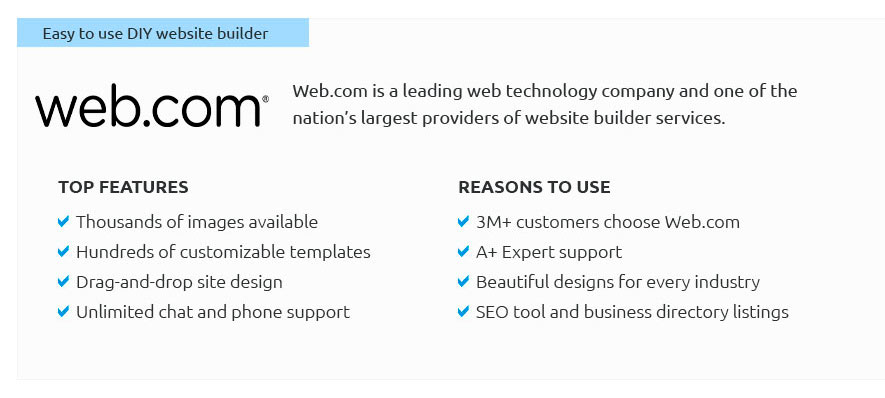 |
 |
 |
 |
|
 |
 |
 |
|
 |
|
 |
 |
|
 |
|
 |
|
 |
 |
Setting Up a Business Website: A Comprehensive GuideIn today's digital age, establishing an online presence is no longer a luxury but a necessity for businesses aiming to thrive and reach a broader audience. A well-crafted business website can serve as a powerful tool for marketing, customer engagement, and brand establishment. But where does one begin? Setting up a business website involves a series of steps that require careful consideration and strategic planning. First and foremost, the importance of choosing the right domain name cannot be overstated. Your domain name is essentially your online address and the first point of interaction between your business and potential customers. It should be easy to remember, spell, and ideally reflect the essence of your business. Once you've settled on a name, securing it with a reputable domain registrar is crucial to protect your brand identity. Next, selecting a reliable web hosting service is pivotal. Web hosting provides the necessary technology and support to make your website accessible via the internet. Factors such as uptime, customer service, scalability, and pricing should weigh heavily in your decision-making process. Popular options include shared hosting for smaller sites and dedicated servers for larger enterprises needing more control and resources. With your domain and hosting sorted, the focus shifts to designing the website. Here, aesthetics meet functionality. A well-designed website is intuitive, visually appealing, and user-friendly. It's not merely about looking good but ensuring that visitors can easily navigate through pages, find information, and perform desired actions. Employing a professional web designer or utilizing user-friendly platforms like WordPress can significantly ease this process, especially for those with limited technical expertise. Content is king, as they say, and it holds true in the realm of web development. Crafting compelling, informative, and relevant content is crucial to engage visitors and improve search engine rankings. This includes well-written texts, high-quality images, and engaging videos. Regularly updating your content not only keeps your audience informed but also boosts your site's SEO performance. Speaking of SEO, or Search Engine Optimization, it's an integral part of setting up a business website. SEO involves optimizing your site to rank higher in search engine results, thereby increasing visibility and attracting more traffic. This process includes using relevant keywords, optimizing site speed, ensuring mobile-friendliness, and building quality backlinks.
Moreover, integrating social media platforms and other marketing tools can amplify your website's reach and effectiveness. Social media buttons, email marketing, and analytics tools are vital in driving traffic and understanding user behavior. Security should never be an afterthought. Implementing SSL certificates, regular updates, and robust security protocols protect your site and its visitors from cyber threats, thus maintaining trust and credibility. In conclusion, setting up a business website is a multifaceted endeavor that, when done right, offers unparalleled advantages in the digital marketplace. While the process may seem overwhelming initially, taking a structured approach and leveraging the right tools and resources can pave the way for online success. https://www.forbes.com/advisor/business/how-to-make-a-website-for-your-business/
A content management system (CMS) is a software program that helps create and manage online content. Some include website builders and others ... https://www.business.qld.gov.au/running-business/marketing-sales/marketing/websites-social-media/building-managing-website
Step 1: Get a domain name and URL - Step 2: Set up an email address to match your domain name - Step 3: Find a web hosting company - Step 4: Design ... https://www.google.com/services/
Yes, creating a Business Profile and listing your business on Google is free. Create your profile at no cost, and you can manage your business from Google ...
|